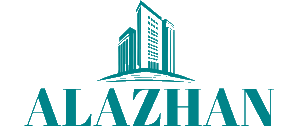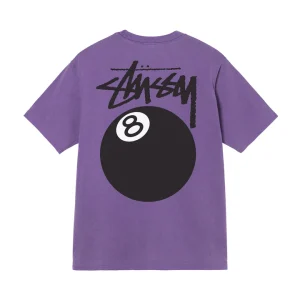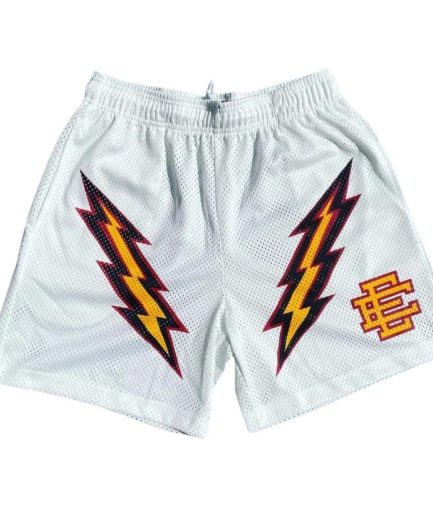
Introduction:
Australia is a prime destination for international students, attracting thousands from around the world each year. With world-class education, cultural diversity, and opportunities for post-study work, it’s no wonder that Australia has become a popular hub for higher learning. One of the key intakes for Australian universities is the July intake in Australia, a crucial entry point for students looking to begin their academic journey. This intake provides an excellent opportunity for students who missed the first intake or prefer a mid-year start. In this article, we’ll explore the July intake in Australia, its benefits, the application process, and everything you need to know to make the most out of this opportunity.
What is the July Intake in Australia?
The July intake in Australia refers to the mid-year semester that commences around July, typically in the second semester of the academic year. Unlike the major intake, which happens in February, the July intake in Australia is a popular option for students who may not have been able to apply in the previous intake or those looking to start their studies after a gap year or in line with other personal schedules.
For international students, the July intake in Australia provides another chance to start their higher education in renowned universities, institutes, and colleges across the country. The exact dates can vary depending on the university or course, but the semester usually begins in mid to late July and concludes by November or December.
Why Choose the July Intake in Australia?
There are several reasons why students may prefer the July intake in Australia over the February intake. Here are some key advantages:
1. Flexibility for Late Applicants
One of the main advantages of the July intake in Australia is the flexibility it offers to late applicants. For many, the February intake may come too soon, or personal circumstances may prevent them from applying in time. With the July intake, students who may have missed the first intake get another chance to fulfill their academic goals without having to wait for the following year.
2. Less Competition for Admission
Since fewer students apply for the July intake in Australia, this means there is often less competition for popular courses, especially in sought-after fields such as engineering, business, or healthcare. As a result, the chances of securing admission to these programs may be higher.
3. Convenient for Gap Year Students
For students who take a gap year before pursuing higher education, the July intake in Australia provides the perfect opportunity to start their studies without waiting a full year. This also allows students to work or travel during their gap year, gaining valuable experiences before diving into academic life.
4. Multiple Intake Options for Employers and Internships
If you’re planning to work while studying or seek internships in Australia, the July intake in Australia gives you more opportunities to align with local industry cycles. It opens up possibilities for internships that start later in the year, giving students ample time to find suitable employment or internship opportunities after they settle into their academic program.
Popular Courses Available in the July Intake
Almost all universities in Australia offer a wide range of courses for the July intake in Australia, though the availability may vary. Some of the most popular courses include:
1. Business and Management Courses
Australia is home to some of the world’s top business schools. Many students choose the July intake in Australia for business and management-related programs, including an MBA, marketing, finance, and international business. These programs are recognized globally and provide great opportunities for networking and career progression.
2. Engineering and Technology Courses
The July intake in Australia is especially attractive for those pursuing degrees in engineering and technology. Australian universities offer specialized programs in various engineering disciplines, including civil, mechanical, electrical, and software engineering. With the demand for skilled professionals in the technology and engineering sectors, many students find this intake to be an excellent way to begin their career path.
3. Health and Medical Sciences
Australia is a popular destination for students pursuing health and medical sciences, including nursing, medicine, dentistry, and pharmacy. Many universities offer excellent programs for the July intake in Australia, and these programs are often highly competitive and in demand. By applying for the July intake, students can begin their studies sooner and embark on a rewarding career in the healthcare industry.
4. Social Sciences and Humanities
Many international students choose the July intake in Australia to study fields such as psychology, education, social work, law, and international relations. With Australia’s strong emphasis on academic excellence and research, these courses offer students a solid foundation to work in a variety of sectors, both in Australia and internationally.
5. Creative Arts and Design
Australia’s creative industries are flourishing, and the July intake in Australia allows students to start pursuing programs in areas such as graphic design, fashion design, animation, film, and performing arts. These courses are taught by experienced professionals, and graduates are equipped to work in the dynamic and competitive creative sectors.
Application Process for the July Intake
The application process for the July intake in Australia is quite similar to the February intake, but with specific deadlines that differ. Here’s a general overview of the steps involved:
1. Research and Choose a Course
Before applying for the July intake in Australia, research your options thoroughly. Explore different universities and the courses they offer, and make sure the course aligns with your academic interests and career goals.
2. Check Eligibility Requirements
Each program and university has its own eligibility criteria, which typically includes academic qualifications, English language proficiency, and sometimes work experience. Ensure you meet all the requirements before applying to avoid any delays.
3. Submit Your Application
Once you’ve chosen your course, the next step is to submit an application. Most universities allow students to apply online, and you’ll need to provide essential documents such as academic transcripts, proof of English proficiency (IELTS, TOEFL), and any other supporting documents the university requires.
4. Wait for the Offer Letter
After submitting your application, universities typically take a few weeks to process and assess your eligibility. If successful, you’ll receive an offer letter that outlines the details of your course and any conditions that must be met (such as visa requirements).
5. Apply for a Student Visa
After receiving your offer letter, the next step is to apply for an Australian student visa. To do this, you’ll need to provide proof of enrollment, financial documents, and health insurance. Once approved, you can make your travel arrangements to Australia.
Key Considerations for the July Intake
While the July intake in Australia offers several advantages, there are some things to keep in mind:
1. Limited Availability of Accommodation
Given that the July intake in Australia is a mid-year intake, accommodation options may be limited or in high demand. It’s essential to secure your housing early to avoid last-minute stress. On-campus accommodation may be more readily available for international students, but if you prefer private accommodation, start searching early.
2. Cultural and Seasonal Adjustments
The July intake in Australia coincides with winter in Australia, so students coming from warmer climates may need to adjust to the cooler weather. Be prepared for colder temperatures, especially if you are studying in southern cities like Melbourne or Hobart.
3. Class Scheduling and Timetables
Classes during the July intake in Australia may have different schedules than those in the February intake, especially in terms of the start and end dates. Students should check their university timetables to ensure that they can manage their workload effectively.
4. Internship and Job Market Cycles
While the July intake in Australia aligns with some internship and job market cycles, other sectors may hire primarily during the February intake. If gaining industry experience is a priority, ensure your program has sufficient opportunities for internships during the second semester.
Conclusion
The July intake in Australia presents a wonderful opportunity for students looking to start their higher education journey in Australia, either due to personal circumstances or preference. Whether you’re interested in business, engineering, healthcare, or creative arts, the July intake in Australia allows you to pursue your dreams and enjoy the benefits of a world-class education. With proper planning and preparation, you can make the most of this intake and take the first step toward a successful career in one of the most vibrant and diverse countries in the world.









